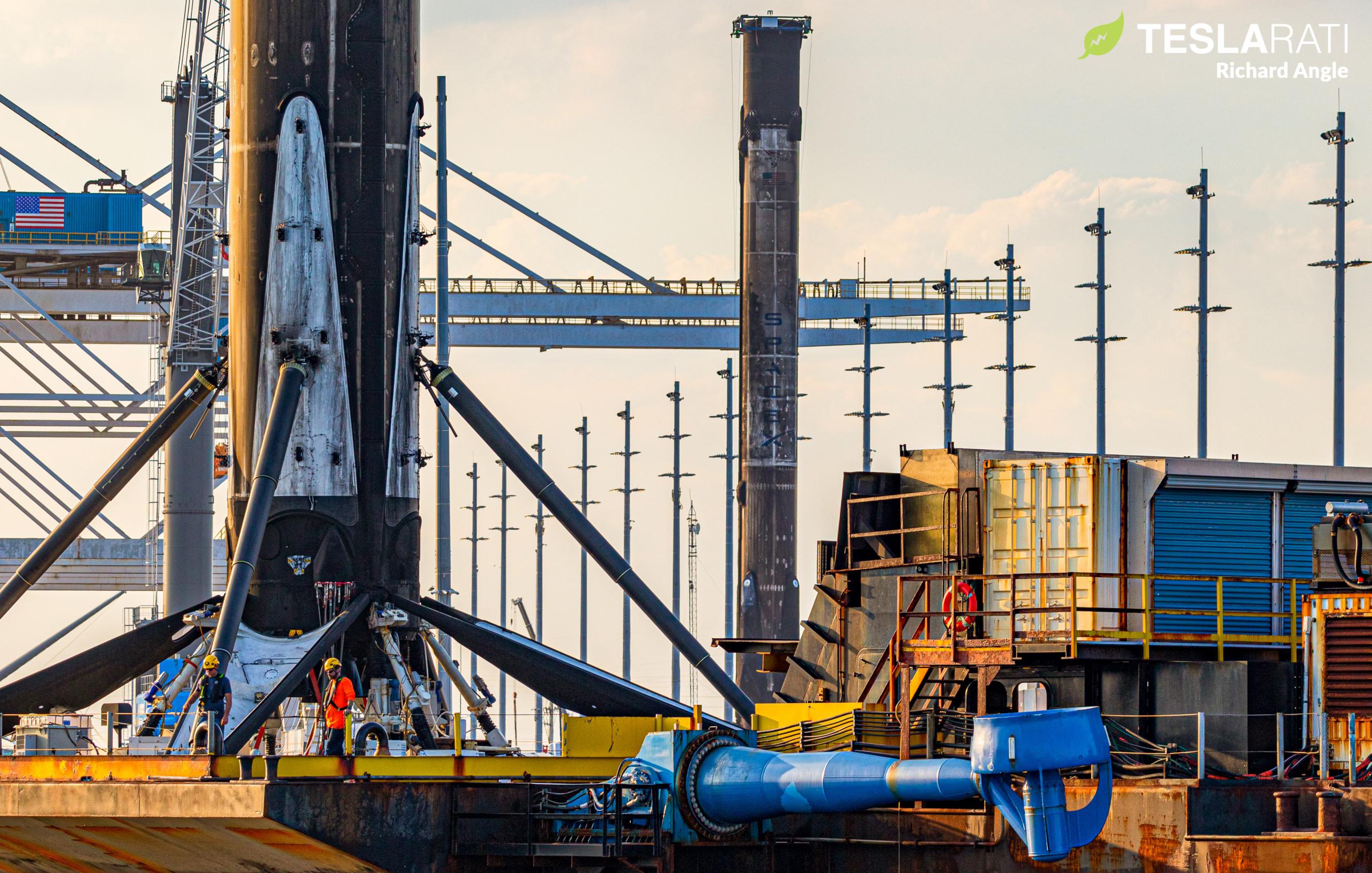

News
SpaceX rocket boosters line up in port for the first time after back-to-back launches
For the first time ever, two SpaceX Falcon 9 boosters – fresh off of two successful Starlink launches and landings – have met back at Port Canaveral, creating the first rocket ‘traffic jam’ of its kind.
On March 11th, Falcon 9 booster B1058 stuck its sixth launch and landing after supporting SpaceX’s sixth dedicated Starlink launch (Starlink-20) this year. 74 hours later, a separate Falcon 9 rocket lifted off from SpaceX’s second East Coast launch pad, successfully sending another batch of 60 Starlink satellites (Starlink-21) on their way to orbit. For its role in the mission, booster B1051 became the first Falcon first stage to launch and land nine times – just one shy of a ten-flight rocket reusability goal SpaceX has been chasing for years.
Now, aside from setting the new standard for Falcon reusability, placing 120 satellites into orbit in three days, and breaking SpaceX’s record for the shortest turnaround between two East Coast launches, the back-to-back Starlink launches have left both Falcon 9 boosters in the right place and right time to cross paths as they prepare for future flights.
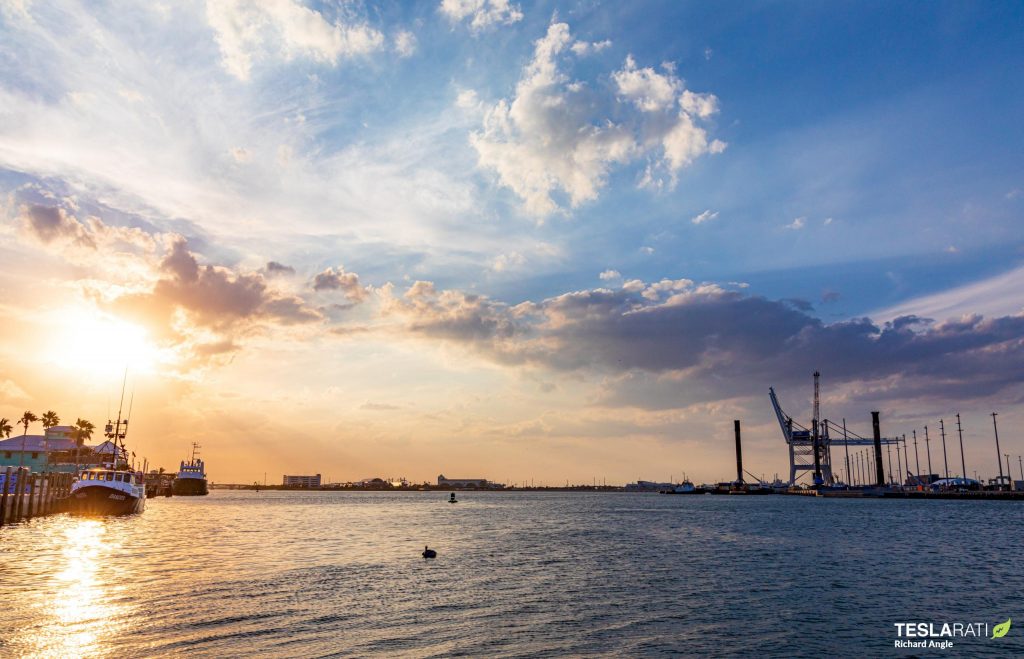
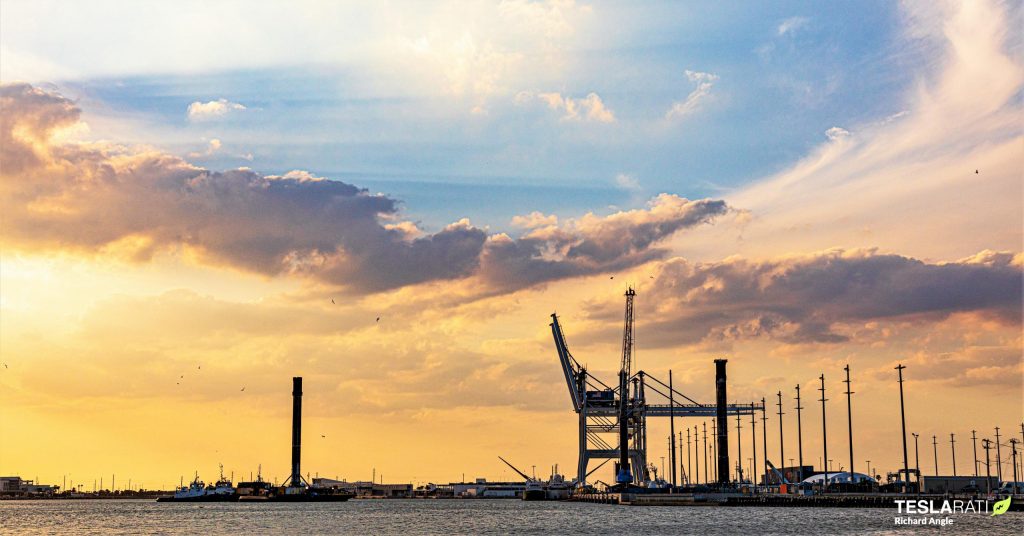
As SpaceX began to ramp up its orbital launch cadence – largely thanks to Starlink – throughout 2020, it become clear that the company would eventually start to find new pressure points as it pushed its fleet of reusable rockets and their recovery assets to new limits. In 2021, that intentional exertion of stress across the broader SpaceX launch ‘pipeline’ has become even clearer.
A mere 10 weeks into 2021, SpaceX has already completed eight orbital launches, averaging one mission every nine days or 40 launches per year if extrapolated through the end of 2021. Just two days prior to Falcon 9 booster B1058’s arrival back at Port Canaveral after its successful Starlink-20 launch, Falcon 9 booster B1049 – last tasked with launching Starlink-17 on March 4th – wrapped up its port processing and was transported by road back to Cape Canaveral Air Force Station (CCAFS) or Kennedy Space Center (KSC) to prepare for its ninth flight.
At that point, it became clear it was just a matter of time before two boosters would simultaneously occupy SpaceX’s Port Canaveral berths. Two days later, record-breaking Falcon 9 booster B1051 arrived back in port and was greeted by booster B1058 – legs retracted, standing vertical, and waiting to be ‘broken over’ (brought horizontal) for transport.
It’s hard to imagine a better or (pardon the buzzword) more synergistic pair of boosters to appear in port together. On their separate launch debuts, Falcon 9 B1051 supported Crew Dragon’s spectacularly flawless uncrewed launch debut, while Falcon 9 B1058 became the first private rocket in history to launch US astronauts 14 months later. Known as Demo-1 and Demo-2, those two missions collectively mark arguably the most significant milestone in the history of modern US spaceflight, ending a decade-long period where the US was unable to launch its own astronauts.
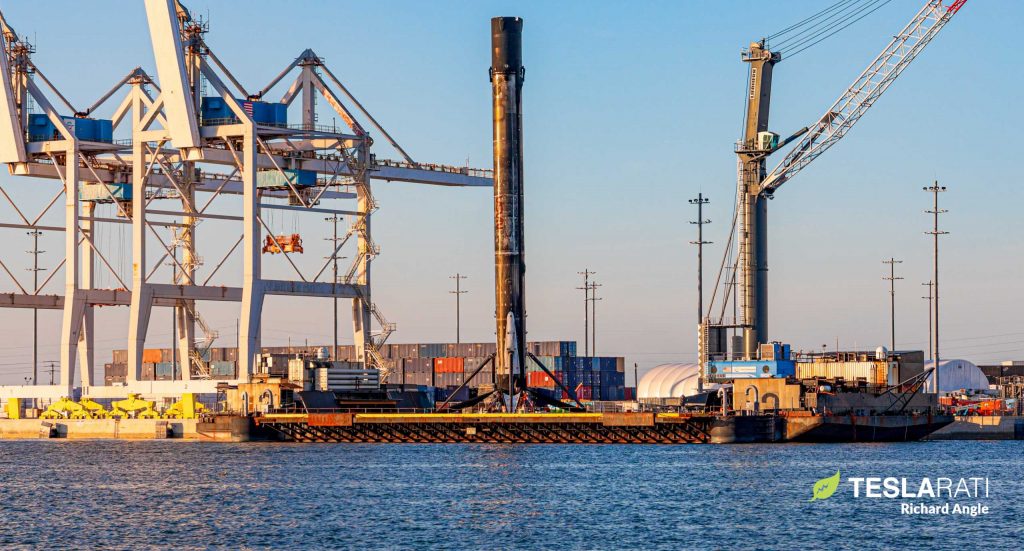
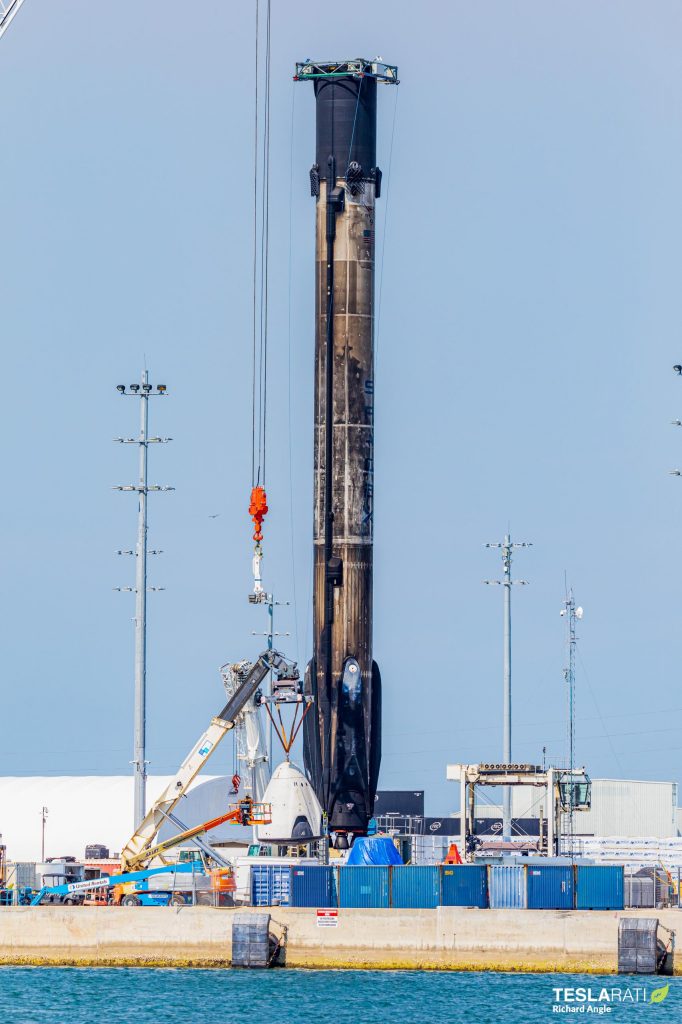
Just a week after the rocket’s 2019 Demo-1 launch debut, Falcon 9 B1051 is SpaceX’s new booster fleet ‘life leader’ (the most-flown rocket) after averaging one launch ever 11 weeks for the last two years. Aside from supporting Cargo Dragon 2’s launch debut last December, Falcon 9 B1058 has flown six times, averaging an even more impressive one launch every eight weeks. Together, the two boosters have aced 15 orbital-class launches roughly 190 metric tons of satellites and Dragon spacecraft into orbit in their two-year career, significantly more than the maximum payload of Saturn V – the largest rocket to successfully launch.
Falcon 9 B1051 could reportedly fly for the tenth time as early as April 2021.
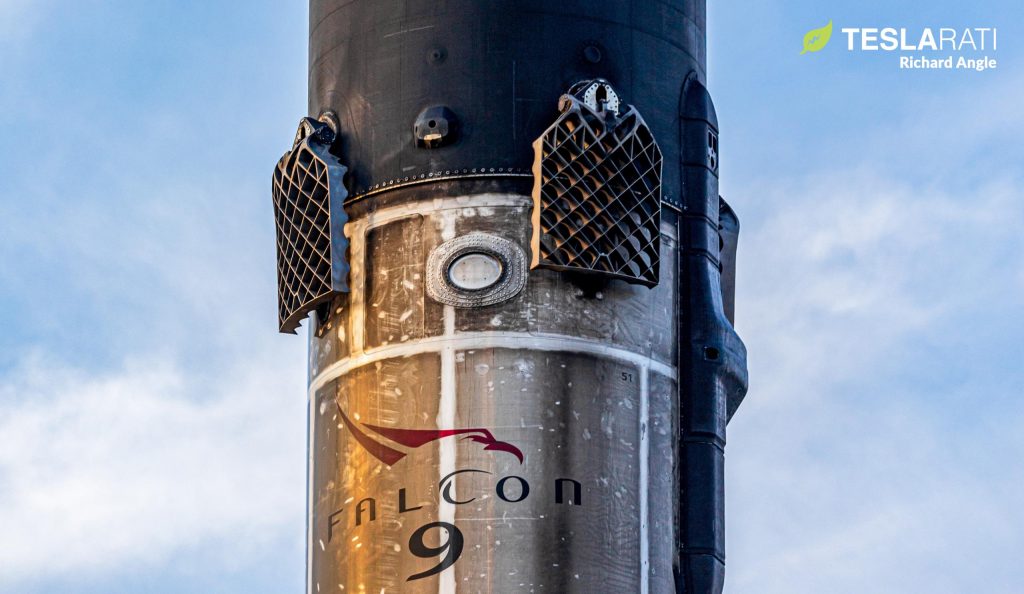
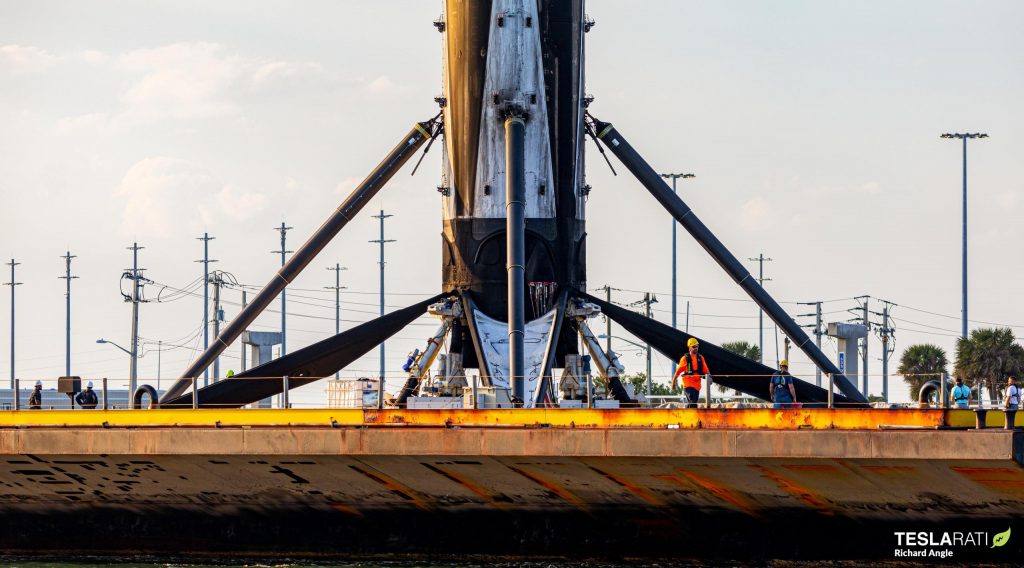

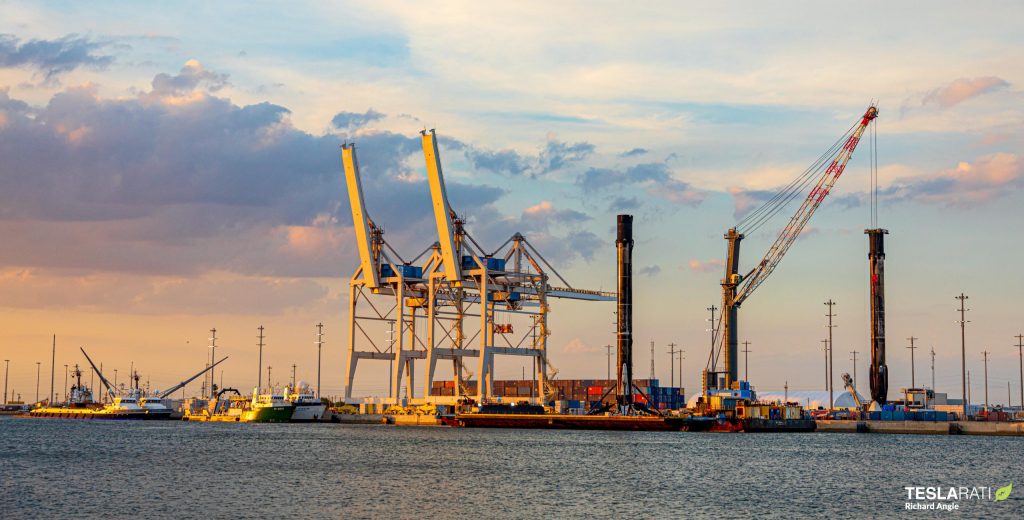
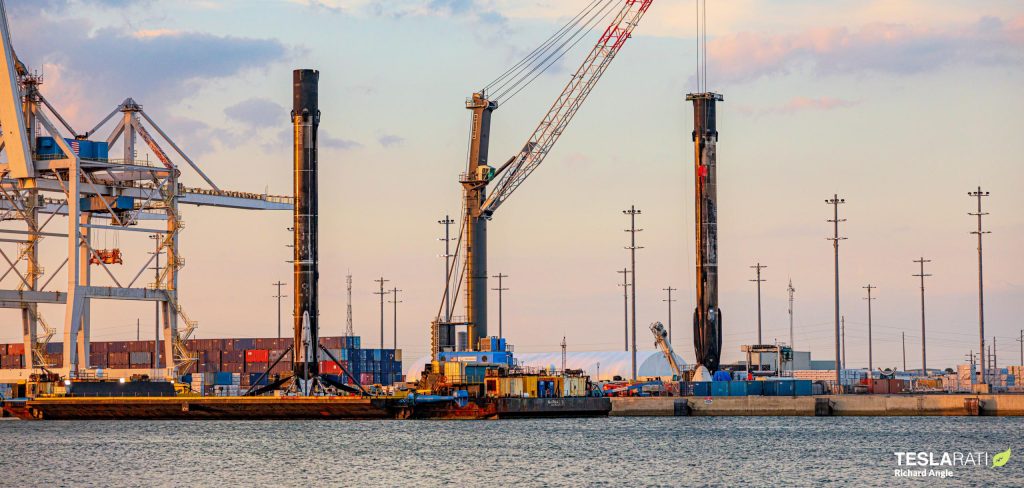
News
Tesla begins Robotaxi certification push in Arizona: report
Tesla seems serious about expanding its Robotaxi service to several states in the coming months.

Tesla has initiated discussions with Arizona transportation regulators to certify its driverless Robotaxi service in the state, as per a recent report from Bloomberg News. The move follows Tesla’s launch of its Robotaxi pilot program in Austin, Texas, as well as CEO Elon Musk’s recent comments about the service’s expansion in the Bay Area.
The Arizona Department of Transportation confirmed to Bloomberg that Tesla has reached out to begin the certification process for autonomous ride-sharing operations in the state. While details remain limited, the outreach suggests that Tesla is serious about expanding its driverless Robotaxi service to several territories in the coming months.
The Arizona development comes as Tesla prepares to expand its service area in Austin this weekend, as per CEO Elon Musk in a post on X. Musk also stated that Tesla is targeting the San Francisco Bay Area as its next major market, with a potential launch “in a month or two,” pending regulatory approvals.
Tesla first launched its autonomous ride-hailing program on June 22 in Austin with a small fleet of Model Y vehicles, accompanied by a Tesla employee in the passenger seat to monitor safety. While still classified as a test, Musk has said the program will expand to about 1,000 vehicles in the coming months. Tesla will later upgrade its Robotaxi fleet with the Cyercab, a two-seater that is designed without a steering wheel.
Sightings of Cybercab castings around the Giga Texas complex suggests that Tesla may be ramping the initial trial production of the self-driving two-seater. Tesla, for its part, has noted in the past that volume production of the Cybercab is expected to start sometime next year.
In California, Tesla has already applied for a transportation charter-party carrier permit from the state’s Public Utilities Commission. The company is reportedly taking a phased approach to operating in California, with the Robotaxi service starting with pre-arranged rides for employees in vehicles with safety drivers.
News
Tesla sets November 6 date for 2025 Annual Shareholder Meeting
The automaker announced the date on Thursday in a Form 8-K.

Tesla has scheduled its 2025 annual shareholder meeting for November 6, addressing investor concerns that the company was nearing a legal deadline to hold the event.
The automaker announced the date on Thursday in a Form 8-K submitted to the United States Securities and Exchange Commission (SEC). The company also listed a new proposal submission deadline of July 31 for items to be included in the proxy statement.
Tesla’s announcement followed calls from a group of 27 shareholders, including the leaders of large public pension funds, which urged Tesla’s board to formally set the meeting date, as noted in a report from The Wall Street Journal.
The group noted that under Texas law, where Tesla is now incorporated, companies must hold annual meetings within 13 months of the last one if requested by shareholders. Tesla’s previous annual shareholder meeting was held on June 13, 2024, which placed the July 13 deadline in focus.
Tesla originally stated in its 2024 annual report that it would file its proxy statement by the end of April. However, an amended filing on April 30 indicated that the Board of Directors had not yet finalized a meeting date, at least at the time.
The April filing also confirmed that Tesla’s board had formed a special committee to evaluate certain matters related to CEO Elon Musk’s compensation plan. Musk’s CEO performance award remains at the center of a lengthy legal dispute in Delaware, Tesla’s former state of incorporation.
Due to the aftermath of Musk’s legal dispute about his compensation plan in Delaware, he has not been paid for his work at Tesla for several years. Musk, for his part, has noted that he is more concerned about his voting stake in Tesla than his actual salary.
At last year’s annual meeting, TSLA shareholders voted to reapprove Elon Musk’s compensation plan and ratified Tesla’s decision to relocate its legal domicile from Delaware to Texas.
Elon Musk
Grok coming to Tesla vehicles next week “at the latest:” Elon Musk
Grok’s rollout to Tesla vehicles is expected to begin next week at the latest.

Elon Musk announced on Thursday that Grok, the large language model developed by his startup xAI, will soon be available in Tesla vehicles. Grok’s rollout to Tesla vehicles is expected to begin next week at the latest, further deepening the ties between the two Elon Musk-led companies.
Tesla–xAI synergy
Musk confirmed the news on X shortly after livestreaming the release of Grok 4, xAI’s latest large language model. “Grok is coming to Tesla vehicles very soon. Next week at the latest,” Musk wrote in a post on social media platform X.
During the livestream, Musk and several members of the xAI team highlighted several upgrades to Grok 4’s voice capabilities and performance metrics, positioning the LLM as competitive with top-tier models from OpenAI and Google.
The in-vehicle integration of Grok marks a new chapter in Tesla’s AI development. While Tesla has long relied on in-house systems for autonomous driving and energy optimization, Grok’s integration would introduce conversational AI directly into its vehicles’ user experience. This integration could potentially improve customer interaction inside Tesla vehicles.
xAI and Tesla’s collaborative footprint
Grok’s upcoming rollout to Tesla vehicles adds to a growing business relationship between Tesla and xAI. Earlier this year, Tesla disclosed that it generated $198.3 million in revenue from commercial, consulting, and support agreements with xAI, as noted in a report from Bloomberg News. A large portion of that amount, however, came from the sale of Megapack energy storage systems to the artificial intelligence startup.
In July 2023, Musk polled X users about whether Tesla should invest $5 billion in xAI. While no formal investment has been made so far, 68% of poll participants voted yes, and Musk has since stated that the idea would be discussed with Tesla’s board.
-

 Elon Musk1 week ago
Elon Musk1 week agoTesla investors will be shocked by Jim Cramer’s latest assessment
-

 Elon Musk3 days ago
Elon Musk3 days agoElon Musk confirms Grok 4 launch on July 9 with livestream event
-

 Elon Musk16 hours ago
Elon Musk16 hours agoxAI launches Grok 4 with new $300/month SuperGrok Heavy subscription
-

 News7 days ago
News7 days agoTesla Model 3 ranks as the safest new car in Europe for 2025, per Euro NCAP tests
-

 Elon Musk2 weeks ago
Elon Musk2 weeks agoA Tesla just delivered itself to a customer autonomously, Elon Musk confirms
-

 Elon Musk1 week ago
Elon Musk1 week agoxAI’s Memphis data center receives air permit despite community criticism
-

 Elon Musk2 weeks ago
Elon Musk2 weeks agoTesla’s Omead Afshar, known as Elon Musk’s right-hand man, leaves company: reports
-

 News2 weeks ago
News2 weeks agoXiaomi CEO congratulates Tesla on first FSD delivery: “We have to continue learning!”

















